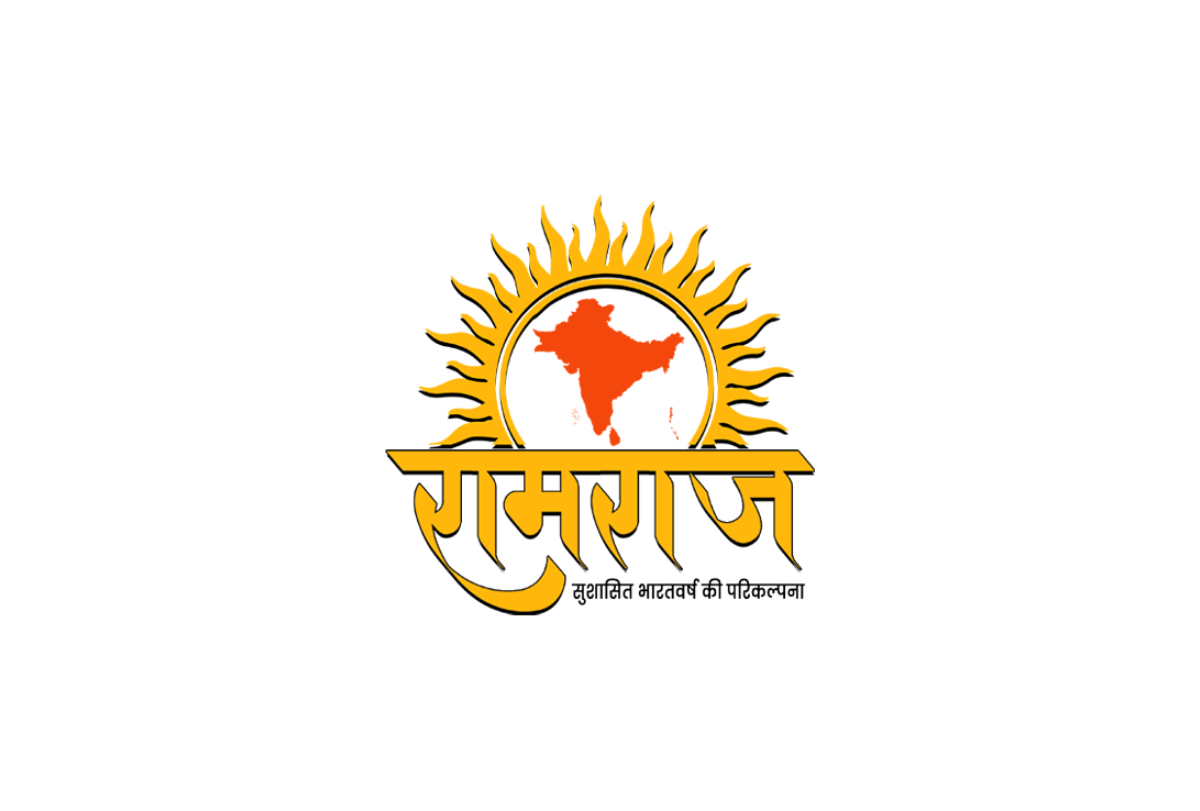New Delhi, Sep 8 (IANS) Even as changing climate conditions are threatening pearl millet (bajra) production, a team of researchers has suggested a re-evaluation of how and where the millet is grown in India.Pearl millet is an essential cornerstone of India’s food security, and finds itself at a critical juncture.
Amidst shifting weather patterns and evolving agricultural priorities, the new study urges a timely revision of the classification criteria governing pearl millet cultivation zones, originally established back in 1979.
Currently, India’s zones are based on rainfall and soil type: A1 for arid regions in Rajasthan, A for semi-arid regions in North and Central India, and B for semi-arid regions with heavy soils in South India.
Researchers from International Crops Research Institute for the Semi-Arid Tropics (ICRISAT) and the Indian Council of Agricultural Research – All India Coordinated Research Project on Pearl Millet (ICAR-AICRP) proposed re-evaluating the A zone, considering evolving climate conditions.
According to Dr Jacqueline Hughes, Director General of ICRISAT, with climate change now a permanent reality, it is imperative to recalibrate the approach towards understanding and nurturing this vital crop for dryland communities.
“This new classification system aims to optimise pearl millet production, to effectively assist policymakers, researchers, and farmers make better evidence-based decisions,” Dr Hughes said, in a statement.
The study, featured in a special issue of the Agronomy Journal, used digital technology and crop models to re-evaluate the zones, creating a “digital twin” of the pearl millet system.
This digital twin helps design crops and strategies tailored to the current and future climate conditions of each region.






